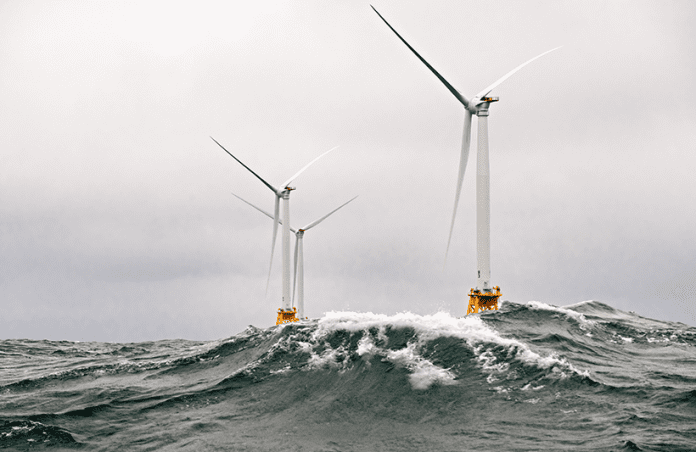A comprehensive analysis by the U.S. Department of Energy highlights the transformative potential of an offshore wind transmission network and outlines a strategic plan for its development.
A Recent DOE Study and Action Plan
The U.S. Department of Energy’s recent publication, the Atlantic Offshore Wind Transmission Study, examines the future of wind energy transmission in the Atlantic United States. A robust two-year investigation has revealed that offshore wind farms will play a pivotal role in delivering clean energy to Eastern seaboard communities. Initial wind projects will integrate directly with the mainland’s energy grid. Noteworthy is the study’s forecast that beyond the year 2030, an offshore transmission network interconnecting various wind farms will significantly reduce energy costs, enhance grid dependability, and curtail fossil fuel reliance while minimizing the environmental impact on marine ecosystems. This thorough research has directly informed the development of the Atlantic Offshore Wind Transmission Action Plan, which details essential first steps and a long-term strategy for offshore wind energy integration.
This groundbreaking study is crucial in underpinning the Biden-Harris Administration’s endeavors to achieve 30 gigawatts of offshore wind power by 2030. It paves the way for potentially exceeding 110 gigawatts by 2050, aligning with national clean energy objectives and fostering sustainable, economic growth.
Secretary Granholm’s Commitment to Offshore Wind Energy
U.S. Secretary of Energy Jennifer M. Granholm emphasizes that offshore wind energy’s current contributions—powering over a hundred thousand homes on the East Coast—represent just the beginning. The industry’s expansion is expected to bolster grid stability and contribute to a significant reduction in fossil fuel use. The findings from the study and the subsequent Action Plan underscore the Administration’s commitment to advancing wind energy as a crucial element in addressing the climate crisis, while simultaneously promoting domestic manufacturing and job creation.
Detailed Insights from the Atlantic Offshore Wind Transmission Study
Researchers from the DOE’s National Renewable Energy Laboratory and Pacific Northwest National Laboratory spearheaded the Atlantic Offshore Wind Transmission Study. In their quest to understand the complexities of offshore transmission, they evaluated multiple pathways with a focus on grid reliability, economic efficiency, and environmental considerations. The study, a pioneering effort in the energy sector, proposes a multi-regional approach to planning, a departure from earlier analyses that lacked this broad perspective.
The findings illustrate that an interconnected offshore transmission system capable of crossing grid regions could serve as a high-capacity addition to the East Coast’s energy infrastructure. It offers benefits such as mitigated grid congestion, improved system reliability, a decrease in electricity generation—in some scenarios by up to 9.2 Terawatt-hours annually—using fossil fuels, and consumer cost savings. Importantly, the study recommends advancing the deployment of high-voltage direct current (HVDC) technology, creating standards that allow for flexible and scalable offshore wind energy transmission networks.
Additionally, the study looks at potential transmission corridors, thoughtfully navigating through zones set aside for conservation, military activity, or shipping. The intention is to offer guidance for transparent decision-making processes concerning interconnection points, while not prescribing exact locations.
Charting the Course with the Atlantic Offshore Wind Transmission Action Plan
Building upon initial observations from late 2023, the finalized Atlantic Offshore Wind Transmission Action Plan charts an efficient path for harnessing offshore wind resources of the Atlantic. Designed with input from an inclusive range of workshops and expert consultations, the plan envisages an eventual network of HVDC interlinks and shared transmission lines that deliver clean, reliable energy from offshore wind to the mainland. Acknowledging contributions from the Inflation Reduction Act, the Action Plan propels the DOE’s mission to navigate a sustainable, efficient future for offshore wind transmission, fostering increased regional coordination in the long-term.
The Action Plan and accompanying study have been made possible through DOE’s Wind Energy Technologies Office. Meanwhile, the Grid Deployment Office, in partnership with the Wind Energy Technologies Office and the Department of the Interior’s Bureau of Ocean Management, have taken the lead on the execution of the Action Plan. Stakeholders and the public are encouraged to stay informed on wind energy developments through DOE’s newsletters and communication channels.

























